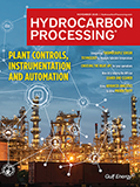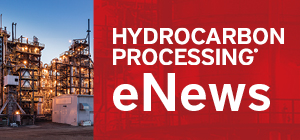March 2025
Process Optimization
Optimize sulfur recovery: Sub-dewpoint sulfur recovery with interstage membrane
The author’s company’s new sub-dewpoint sulfur recovery with interstage membrane (SSRIM) technology is a breakthrough for the sulfur recovery industry, as it is the first technology capable of achieving an overall recovery efficiency of > 99.9% without requiring a tail gas treating unit. This article discusses the basic SSRIM configuration and its advantages when compared to a traditional Claus/TGT configuration.
This is a preview of our premium content. Thank you for your interest—please log in or subscribe to read the full article.






Comments